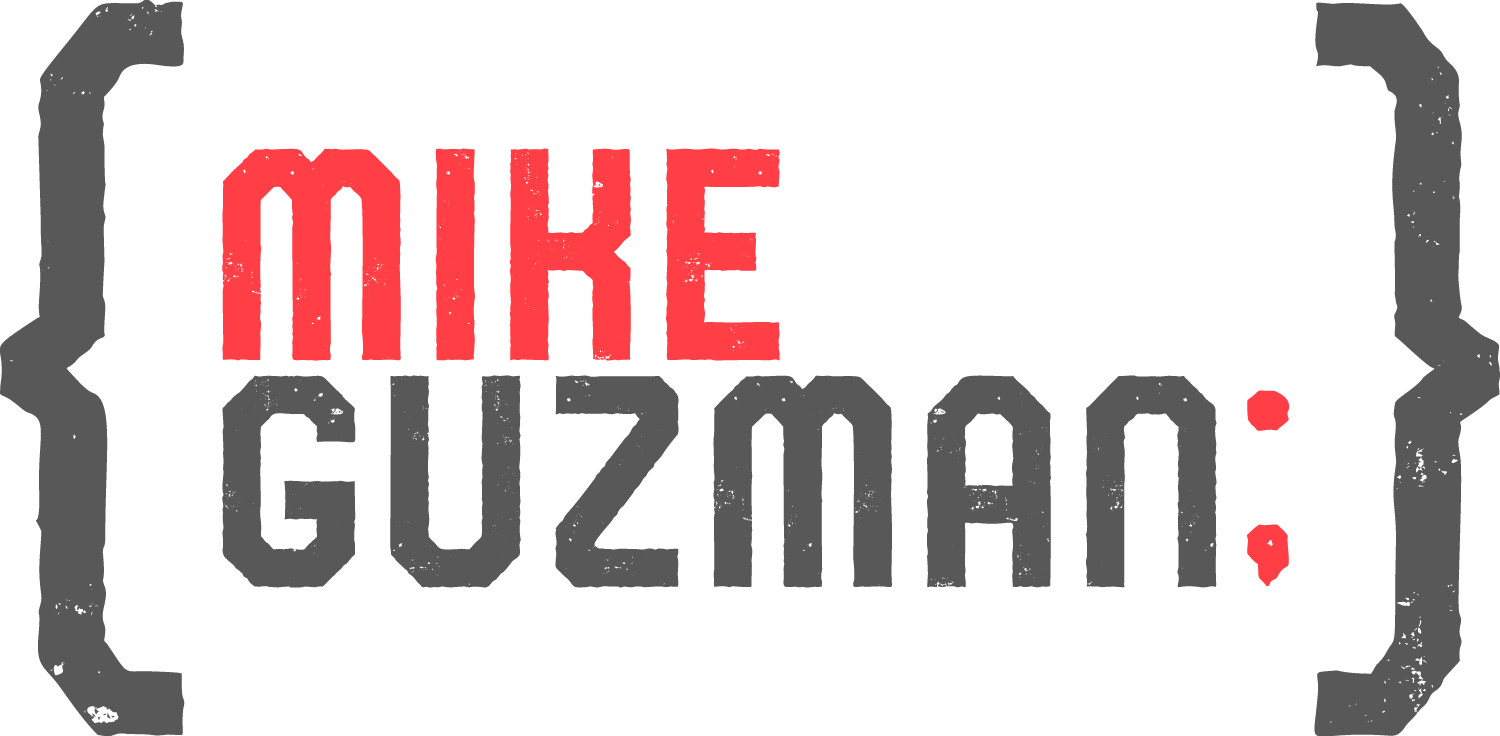Main Activity and Lifecycle
The Activity class is a crucial component of an Android app, and the way activities are launched and put together is a fundamental part of the platform’s application model. Unlike programming paradigms in which apps are launched with a main() method, the Android system initiates code in an Activity instance by invoking specific callback methods that correspond to specific stages of its lifecycle.
This document explains the activity lifecycle in detail. The document begins by describing the lifecycle paradigm. Next, it explains each of the callbacks: what happens internally while they execute, and what you should implement during them. It then briefly introduces the relationship between activity state and a process’s vulnerability to being killed by the system. Last, it discusses several topics related to transitions between activity states.
